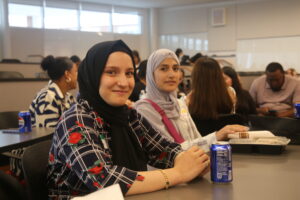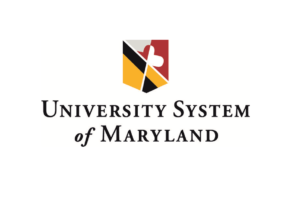Conversion of Cole Field House into indoor football facility is approved by Finance Committee (updated)
Published November 20, 2015 in The Washington Post.
The University of Maryland Board of Regents’ Finance Committee unanimously approved a proposal Thursday that would transform Cole Field House into a new $155 million indoor football facility and academic research complex.
The committee’s approval means the proposal will next be presented to the full Board of Regents in December. The board will meet Dec. 12 in Hagerstown.
“We never know what the big board will decide. But traditionally, if you get an unanimous vote from the committee, chances are that the general board … they’ll vote for it,” Maryland President Wallace D. Loh said. “There’s no guarantee.”
Loh presented the potential development for about six minutes Thursday, calling it “a transformative project” that would integrate an indoor football facility with a state-of-the-art Center for Sports Medicine, Health and Human Performance and an innovation lab for prospective entrepreneurs.
Approximately 30 percent of the building would be devoted to academics and research, Loh said. A majority of the space, 87,000 square feet, would center on the indoor football facility. The facility would include a 100-yard indoor field after the arena’s bowl seating is excavated to the ground level and the building is expanded north. The project would also include the construction of two football practice fields west of the facility.
There were a number of concerns raised by board members during Thursday’s session, which last nearly two hours and often touched on the historical significance of the facility. The questions ranged from the displacement of student programs currently using Cole Field House to the potential impact of head injuries on college football’s future, possibly rendering an expensive facility unnecessary. There were also questions raised about the viability of fundraising $100 million from the private sector for the project.
Still, much of the conversation was driven by the need for an indoor football facility, which has long been an initiative of the athletic department and viewed as a key piece in fully integrating the team into the Big Ten. Maryland is the only school in the conference without an indoor facility.
“We are in the football business. That’s the choice that was made,” said Tom McMillen, a Board of Regents member and a 2013 inductee in the National Collegiate Basketball Hall of Fame. “We need to make it work, and so we have to be competitive.”
Maryland’s plans to construct a combined indoor football and academic facility were initially estimated at $250 million, but those plans were scaled back to include Cole Field House. Maryland currently has $45 million in private donor pledges, Loh said on Thursday, and he hosted more than 40 potential donors on campus last week to discuss the project.
According to the proposal, of the $155 million cost of the project, $25 million will come from the school, $25 million from the state and the $105 from private donations, with Under Armour founder Kevin Plank pledging $25 million. Finance Committee chairman Frank Kelly said Thursday that Plank’s donation will likely set the tone for an unprecedented fundraising effort by the school.
“Having him coming up with that kind of money gives you the leverage to come up with the rest of it,” Kelly said. “Others will follow Kevin. Kevin set the example and others will follow.”
Pending final approval of the proposal, the design of the project would be underway by May, while construction is slated to begin in late December 2015 and wrap up in April 2017.
The development will require the university to use institutional reserves and debt “to bridge timing gaps between the project’s expenses,” according to the proposal. That gap is expected to come over the course four years, with the most expensive year coming in 2018, when the school estimates it would borrow between $78 million and $83 million. About $40 million of that would be paid back in the three years after the project’s completion, while the rest would be repaid over a longer period.
“The regents did what they we’re supposed to do…to ask hard questions, and they did that,” Loh said. “In addition to every thing that was talked about today, the facilities, the academics and the research, for many long-time donors, there’s this emotional attachment to Cole Field House.”



